How to Read Medieval Manuscripts
A 12-week online journey into Latin scripts, sacred texts, and the treasures of the Middle Ages
Dear friends, Latin students, and lovers of antiquity,
It is with great joy that I announce the upcoming launch of our Online Course in Medieval Manuscript Reading. I can assure you this will be a truly unique course—and I’d like to explain exactly why.
This is a course I’ve been designing for over a year, and into which I’ve poured my deepest passion and effort, for two essential reasons.
The first is personal: medieval manuscripts are my greatest love—the area of study that most profoundly awakens in me a sense of wonder and reverence for the past. There is something unique—dare I say mystical—about reading the words of antiquity not from a printed page, but directly from the material artifacts that have preserved them for centuries. Reading manuscripts bridges the gap between present and past. It allows us to step into the scriptorium, to witness the transmission of tradition unfold, stroke by stroke, across the centuries—even millennia.
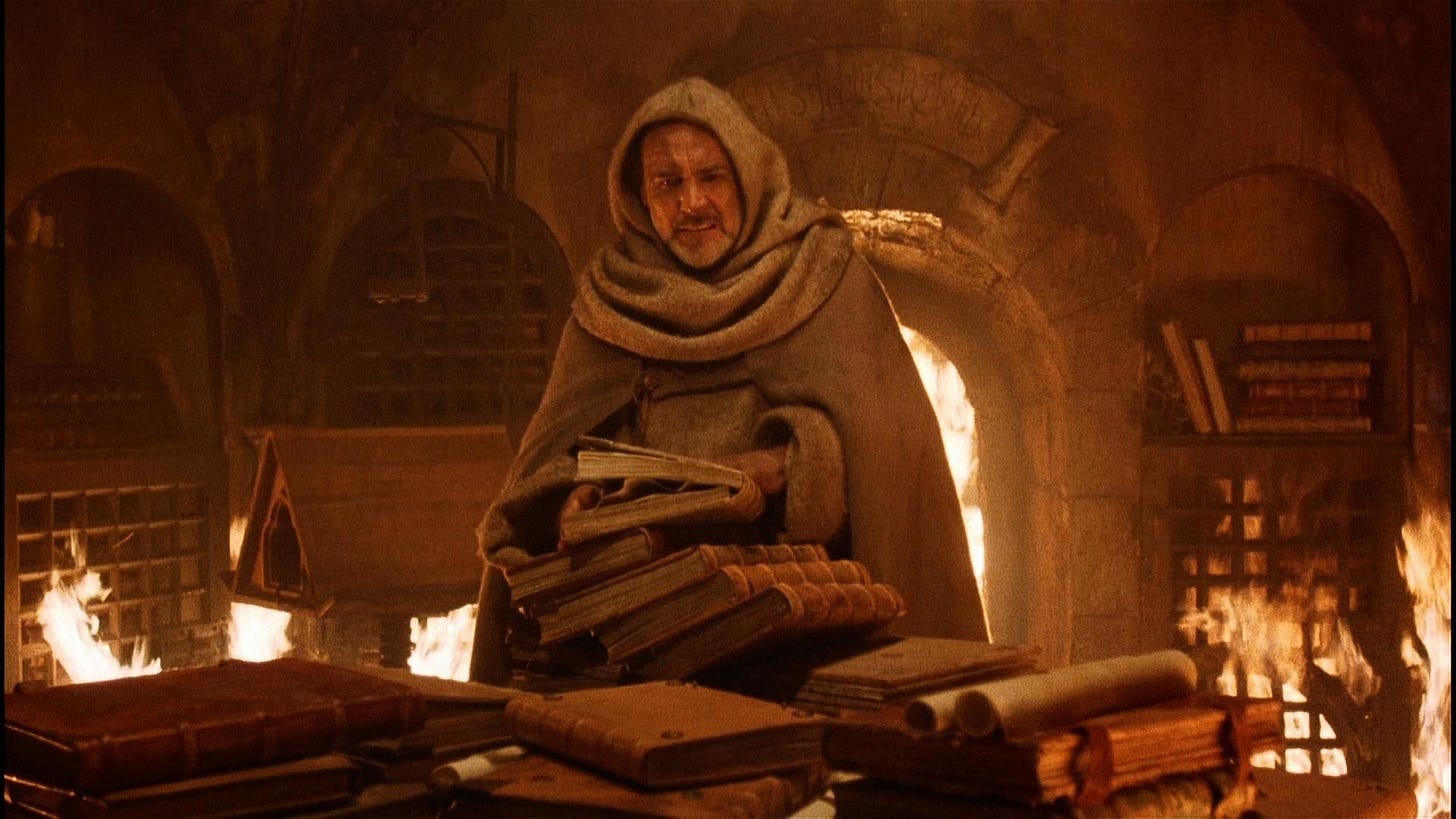
Reading manuscripts is also the most vivid way to appreciate the intellectual treasures passed down to us by the industrious hands of medieval monks. After all, the living voices of Virgil, Cicero, or Saint Augustine reached us only thanks to a long, fragile chain of preservation—one that had to survive fires, wars, and the randomness of history. Encountering these voices in medieval manuscripts reveals just how delicate yet heroic the task of transmission was before the invention of the printing press. It inspires, at the very least, a measure of gratitude toward the anonymous custodians of our cultural tradition.
The second reason behind this course is simple: no course like this currently exists for beginners. It's extremely rare to find a course that strikes the right balance between accessibility and scholarly richness. Most available courses are byproducts of a professor’s narrow research focus, often selecting obscure manuscripts, with challenging scripts and highly technical content—topics of little interest to the general learner.
Reading manuscripts bridges the gap between present and past. It allows us to step into the scriptorium, to witness the transmission of tradition unfold, stroke by stroke, across the centuries—even millennia.
How do I know this? I’ve taken more than half a dozen Latin paleography courses myself. In fact, both my Master's and PhD focused on medieval manuscripts. University-level courses often pursue different goals: codicological analysis, paleographic classification, textual editing—all important for the specialist, but often overwhelming or irrelevant for beginners, or for those who simply want to reconnect with the past through hands-on manuscript reading.
That is the gap my course intends to fill.
Over the course of 12 weeks, we will explore a dozen of the most beautiful and important manuscripts from the Latin medieval tradition—many of them illuminated with stunning artwork that will make you fall in love with medieval art.
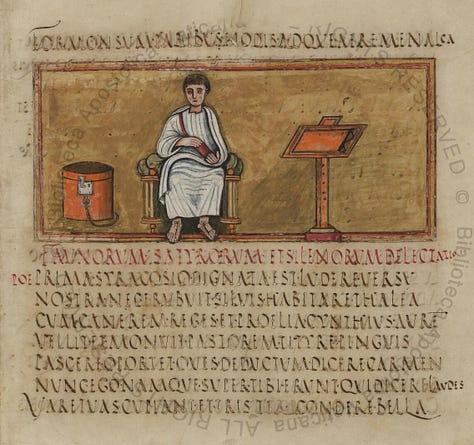
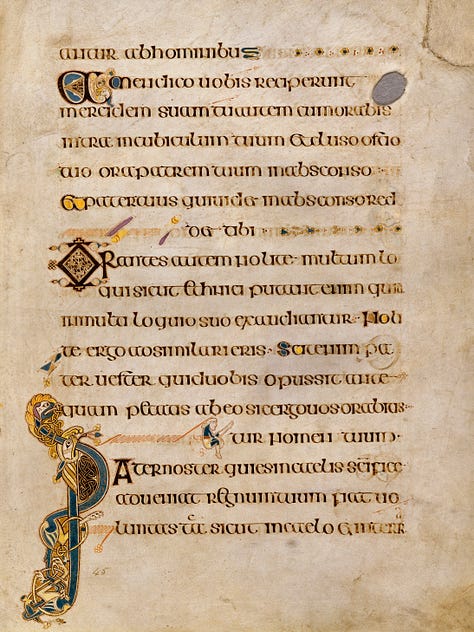
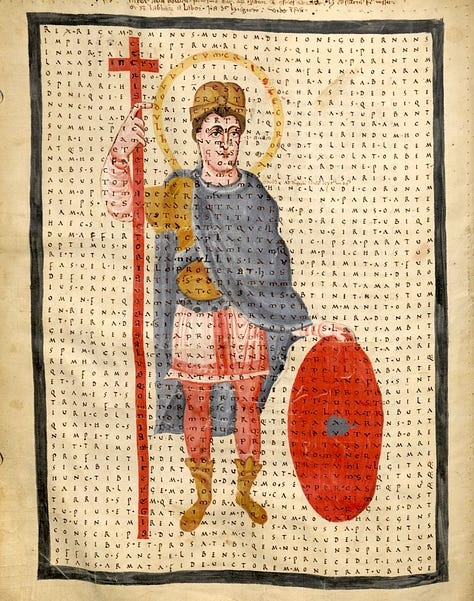

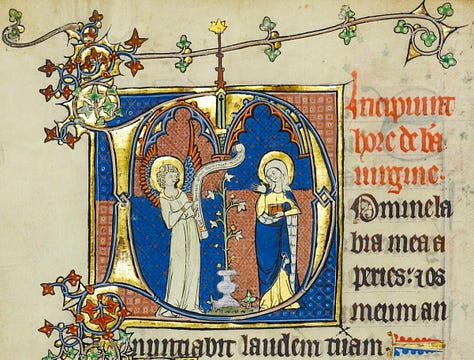
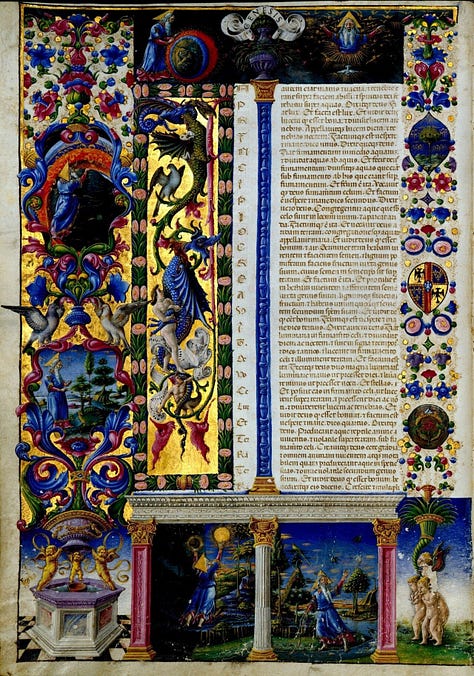
You’ll learn to read the four major scripts: Roman, Carolingian, Gothic, and Humanistic. But most importantly, you’ll learn to approach medieval manuscripts practically and hands-on, skipping the dry technicalities and instead building up your skill gradually and confidently. By the end of the course, you’ll know how to find manuscripts online, read their scripts, and decode common abbreviations—becoming, in your own way, a new custodian of tradition.
Some of the readings we’ll explore include:
The Incipit of Virgil's Aeneid in the Vergilius Romanus, one of the oldest manuscripts preserving the works of the Roman poet (5th century).
The Pater Noster from the Book of Kells, the famous illustrated Celtic manuscript containing the Gospel
The legendary tale of the Phoenix from the Berg Physiologus, a manuscript of ancient animal fables and mythological creatures
An idealized map of the Crusader Kingdom of Jerusalem from a 12th-century manuscript
The opening of the Book of Genesis in the magnificent Bible of Borso d’Este, a jewel of Renaissance illumination
Passages from the Codex Amiatinus, the oldest complete manuscript of the Vulgate Bible
...and many more medieval treasures!
Who is this course for?
The course is designed for anyone with a basic knowledge of Latin: familiarity with declensions, conjugations, etc. While this is not a Latin language course, it offers excellent practice, as we will translate every passage we transcribe to ensure full comprehension. Texts will be carefully selected for clarity and accessibility, with difficulty increasing gradually over the weeks. You’ll also receive my own transcriptions, translations, and cheat sheets to support your learning.
Practical Info:
Start Date: July 8
Format: 12 weekly live lessons on Tuesdays at 19:00 CET / 1:00 PM EST
Platform: Zoom (all lessons recorded and archived for replay)
How to enroll:
One-time purchase – lifetime access to the course
Pro Membership Subscription – also includes access to my complete self-paced Latin course and weekly live Latin lessons
This second option is perfect if you want to brush up your Latin before or during the manuscript course.
(If you're already a paying subscriber on Substack and want to access the course on our official platform, just send me a message and I’ll provide you with a discount coupon.)
If you’ve ever dreamed of exploring the treasures of the Middle Ages, don’t miss this opportunity. We often talk about the importance of preserving tradition—but the first step in preservation is appreciation, and to appreciate something, we must first know it.
I bet you never imagined you’d one day read the Pater Noster straight from the Book of Kells. But that’s exactly what this course offers: a journey into the heart of the Western tradition, and a tangible step toward preserving our extraordinary cultural heritage.
If you have any questions about the course or our other initiatives, don’t hesitate to get in touch.
Warm regards,
Magister Iācōbus
LearnLatin.io



wow, this looks like an INCREDIBLE opportunity! having taken a couple graduate level paleography courses (one virtually, one with real handling of manuscripts involved) it always troubled me how high the barrier to entry is for "lay" lovers of medieval Latin. Sharing this!
I will give his serious consideration. I started a business that focuses on the medieval Mary gardens. Learning to read what these texts in Latin could say, would greatly expand on how the monks evangelized using the natural world.